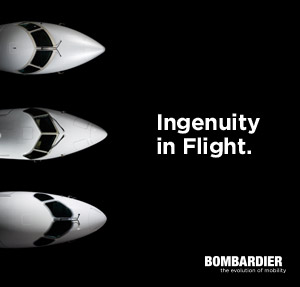Next NASA Moon Mission Completes Major Milestone
Written by thomas · Filed Under Aeronautics NewsDecember 23, 2008
The orbiter will carry seven instruments to provide scientists with detailed maps of the lunar surface and increase our understanding of the moon’s topography, lighting conditions, mineralogical composition and natural resources. Data returned to Earth from the Lunar Reconnaissance Orbiter will be used to select safe landing sites, determine locations for future outposts and help mitigate radiation dangers to astronauts. The spacecraft will spend at least a year in a low, polar orbit approximately 30 miles above the lunar surface while the instruments work together to collect detailed information about the moon’s environment.
The thermal vacuum testing on the spacecraft took about two months. The orbiter, which was built at Goddard, was subjected to the extreme temperature cycles of the lunar environment as engineers conducted simulated flight operations.
“We have cooked LRO, frozen it, shaken it, and blasted it with electromagnetic waves, and still it operates,” said
The first two checks were the spin and vibration tests. The spin test determined the spacecraft’s center of gravity and measured characteristics of its rotation. During vibration testing, engineers checked the structural integrity of the spacecraft aboard a large, shaking table that simulated the rigorous ride the orbiter will encounter during liftoff aboard an Atlas rocket.
Next, the orbiter was subjected to acoustics testing. The bagged spacecraft was placed near wall-sized speakers that simulate the noise-induced vibrations of launch. Following acoustics testing, LRO underwent tests that simulated the orbiter’s separation from the rocket during launch. The spacecraft also underwent electromagnetic compatibility testing to ensure internal and external electrical signals do not interfere with its critical functions.
“It was less than one year ago that LRO was a myriad collection of parts not yet delivered to our clean room,” said
LRO will be shipped to NASA’s
Goddard is building and managing the Lunar Reconnaissance Orbiter for NASA’s Exploration Systems Mission Directorate in
» Próximo Post - Goodrich and Rolls-Royce Sign Agreements to Complete Engine Controls Joint Venture
« Post Aneterior - ATK Receives $49 Million Contract for Orion Solid Rocket Motors
Comments
¿Tiene algo que decir?
You must be logged in to post a comment.







